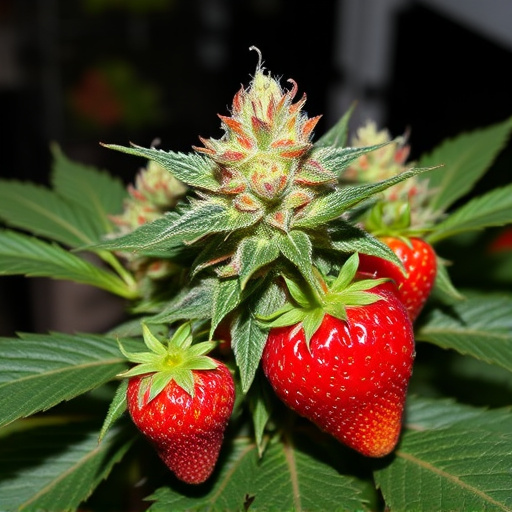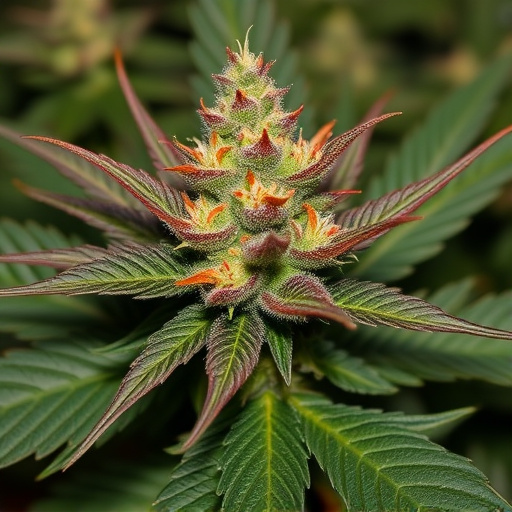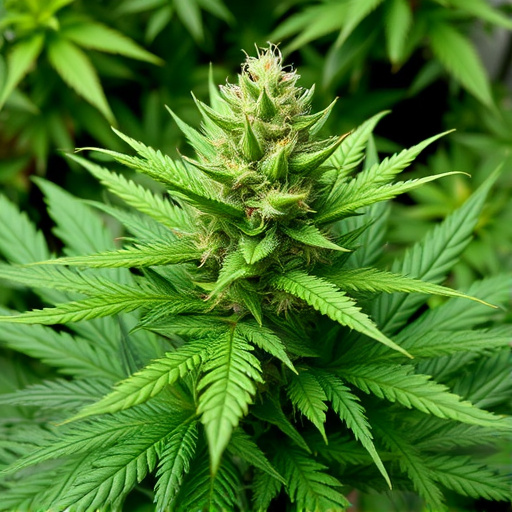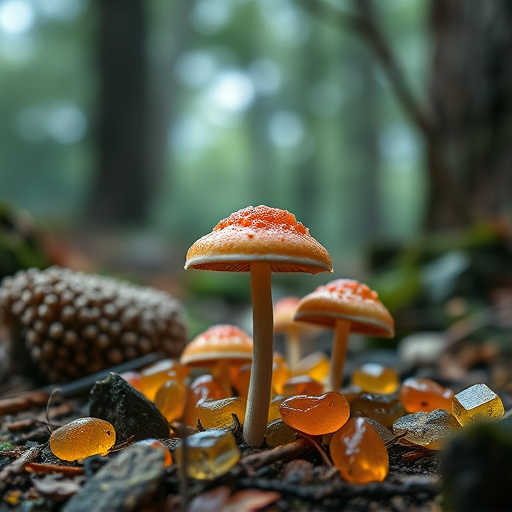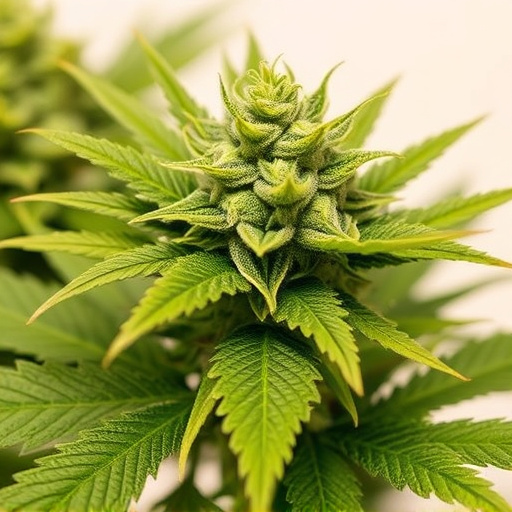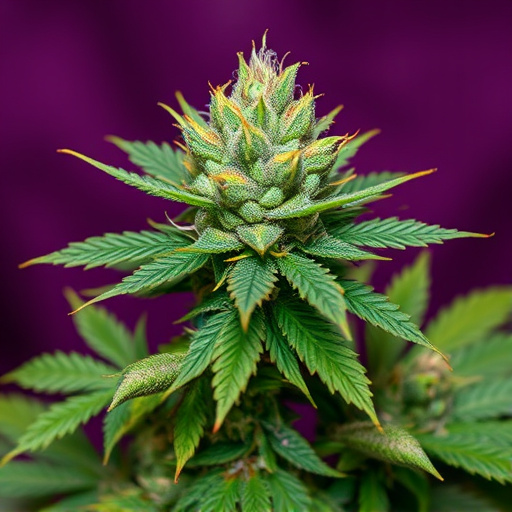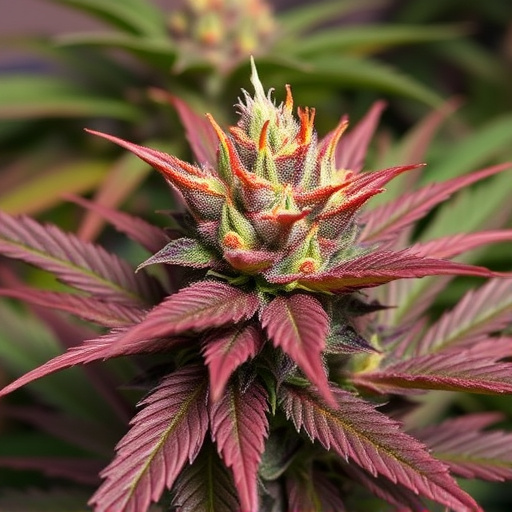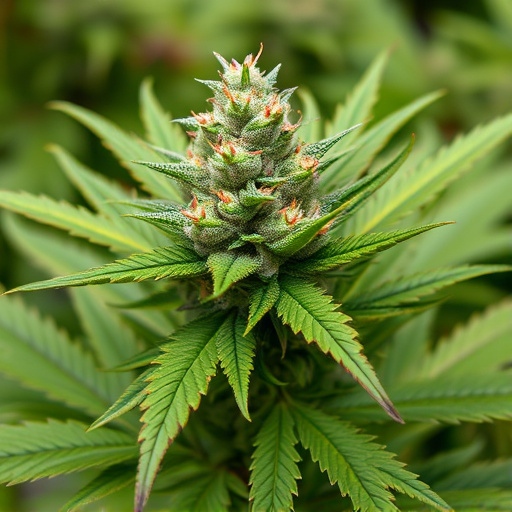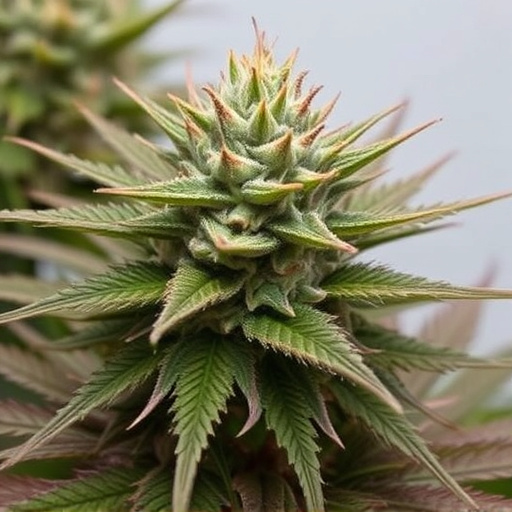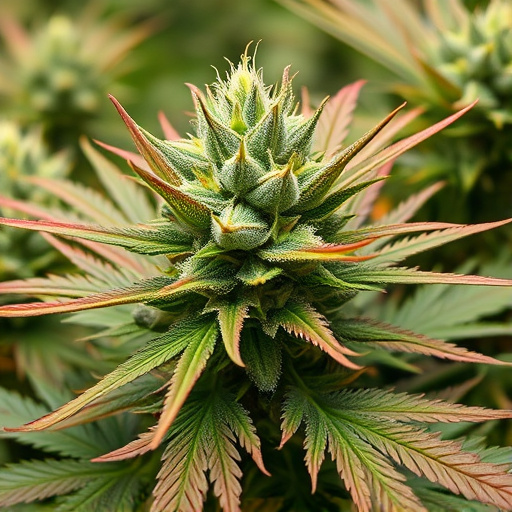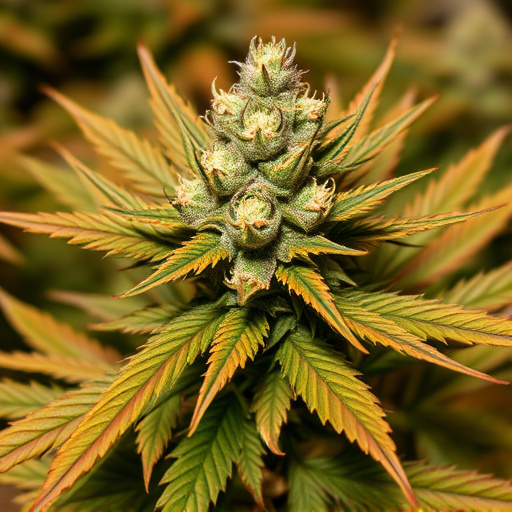Rare cannabis strains hold unique properties due to their cannabinoid profiles, including high THC for increased hunger or balanced CBD content. These interact with the body's endocannabinoid system, regulating appetite and metabolism. Terpenes like myrcene and limonene further enhance these effects, making rare strains promising for medical use in conditions involving weight loss or anorexia.
Cannabis flower’s ability to stimulate hunger is a well-documented phenomenon, but its scientific underpinnings remain largely mysterious. This article delves into the chemical perspectives behind cannabis’s appetite-inducing effects, specifically exploring how tetrahydrocannabinol (THC) and other cannabinoids interact with our bodies to enhance eating behavior. Furthermore, we examine the role of rare cannabis strains in amplifying these effects, providing insights into why certain varieties are celebrated for their ability to combat appetite loss.
- Understanding the Hunger-Stimulating Effects of Cannabis: A Chemical Perspective
- The Role of Rare Cannabis Strains in Inducing Appetite
- Exploring the Science Behind Cannabis' Impact on Eating Behavior
Understanding the Hunger-Stimulating Effects of Cannabis: A Chemical Perspective
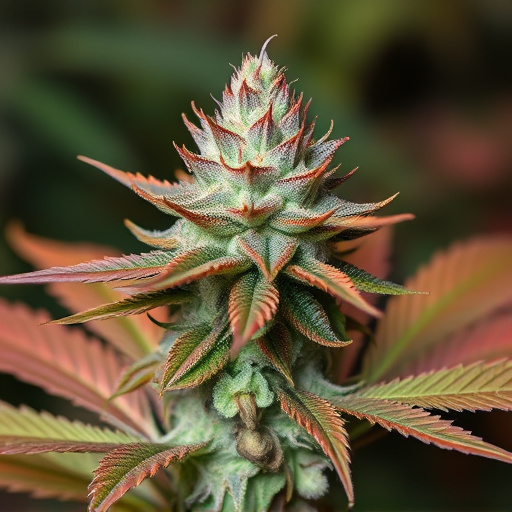
The hunger-stimulating effects of cannabis have long been a subject of interest for both scientists and users alike. From a chemical perspective, several compounds in cannabis contribute to this phenomenon. Tetrahydrocannabinol (THC), the primary psychoactive component, is known to interact with the endocannabinoid system, which plays a significant role in regulating appetite and metabolism. When THC binds to cannabinoid receptors in the brain, it can trigger feelings of hunger, often referred to as “the munchies.”
Additionally, rare cannabis strains, known for their unique chemical profiles, may exhibit heightened hunger-inducing properties. These strains often contain elevated levels of other cannabinoids like cannabidiol (CBD) and terpenes, which can modulate the effects of THC and enhance its interaction with the endocannabinoid system. Terpenes such as myrcene and limonene, common in certain rare varieties, have been linked to increased appetite and may further intensify the hunger-stimulating effects experienced by consumers.
The Role of Rare Cannabis Strains in Inducing Appetite
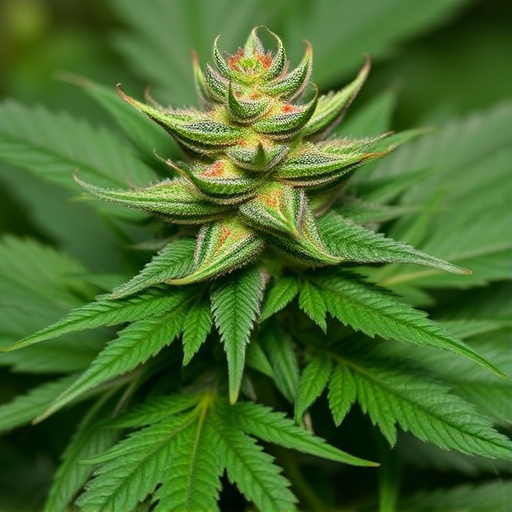
Some rare cannabis strains have gained attention for their unique ability to stimulate appetite, often referred to as “appetite stimulants.” These strains are cultivated with specific terpene profiles and cannabinoid compositions that interact with our bodies’ endocannabinoid system (ECS). The ECS plays a vital role in regulating hunger and satiety, making certain compounds present in rare cannabis varieties potent triggers for increased hunger.
The key lies in the rare terpenes and cannabinoids these strains possess. Terpenes like myrcene and limonene are known to have appetite-boosting properties, while specific cannabinoids such as THC (tetrahydrocannabinol) can activate receptors in the brain that stimulate food cravings. Rare cannabis strains often contain elevated levels of these compounds, leading to a more pronounced effect on hunger compared to common varieties. This phenomenon has sparked interest among medical researchers and cannabis enthusiasts alike, opening up possibilities for exploring these strains as potential aids for conditions marked by weight loss or anorexia.
Exploring the Science Behind Cannabis' Impact on Eating Behavior
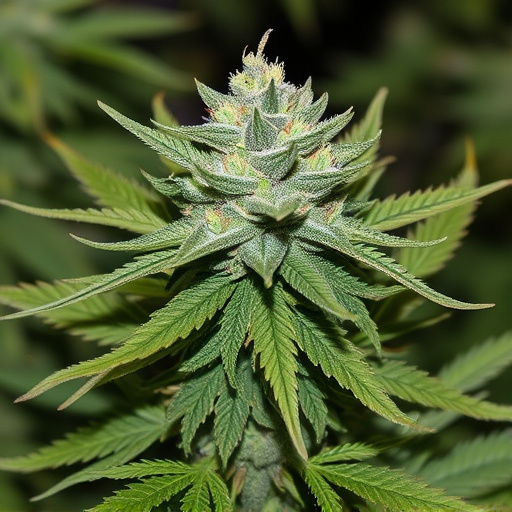
The science behind cannabis’ impact on eating behavior is a fascinating exploration into how this plant interacts with our bodies. Studies have shown that the active compounds in cannabis, particularly THC and CBD, can influence hunger hormones and brain activity related to food intake. When consumed, these compounds bind to specific receptors in the endocannabinoid system, which plays a key role in regulating appetite and metabolism.
One intriguing aspect is how rare cannabis strains, known for their unique cannabinoid profiles, might contribute to this effect. For instance, strains high in THC have been linked to increased hunger pangs, while those with higher CBD content may offer a more balanced experience. The complexity of these interactions suggests that the specific chemistry of each strain could shape individual responses, making the exploration of rare cannabis varieties crucial for understanding and potentially optimizing their effects on eating behavior.
Cannabis’ ability to stimulate hunger is a complex interplay of various compounds, including THC and certain terpene profiles. While common knowledge attributes this effect to THC, recent studies suggest that rare cannabis strains, rich in specific terpenes like myrcene and linalool, may play a significant role in enhancing appetite. Understanding these chemical dynamics offers insights into not only cannabis consumption but also potential therapeutic applications for conditions characterized by eating impairments. Further research into rare cannabis strains could lead to novel treatments and enhanced enjoyment for consumers looking to harness the full potential of this diverse plant.
